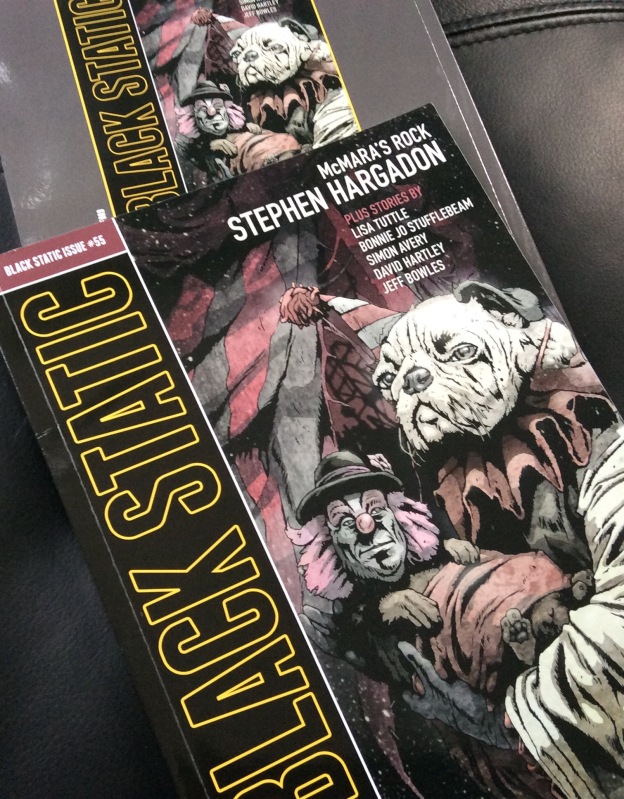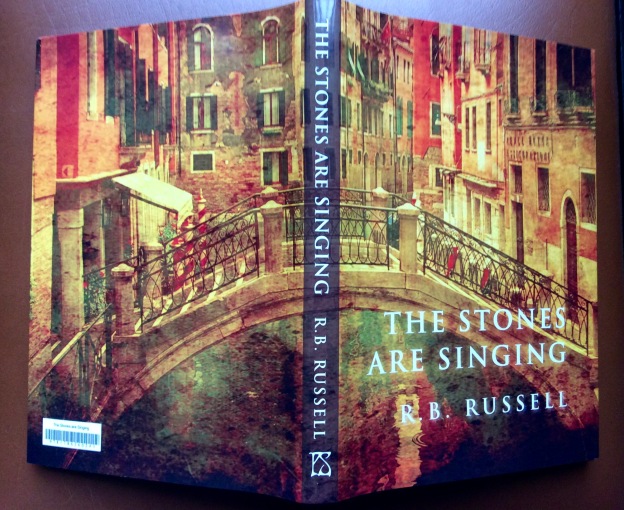Interzone #267

My previous reviews of TTA PRESS publications HERE.
Stories by Sarah Brooks, David Cleden, Ryan Row, Samantha Henderson, Harmony Neal, Rich Larson.
When I review the fiction in this magazine, my comments will appear in the thought stream below….




“Her mandatory support group was meeting in Ballroom A. A conference room would have been much more comfortable…”
Yes, a sort of A.A. Group (akin to Alcoholics Anonymous?) for those affected by the future tinkering that has caused people to have partially morphed into different animals. The skill here of evoking such morphing is exemplary and often funny as well as frighteningmy disruptive as today’s changing world politics, and this work also serves as a mutual complementarity with the Animal Farm theme-and-variations entitled ‘Pigskin’ (reviewed here a couple of days ago) in the Black Static edition that arrived in the same post as this Interzone. Both stories with that yearning, I sense, for philosophical quietness and calm beyond such goings-on!
DOGFIGHTS IN OLYMPUS AND OTHER ABSENCES by Ryan Row
“The shell of his head is cracking. He’s breaking out of it like a baby bird.”
It brought tears to my eyes at such synchronicity, especially with the interweaving in the story of the protagonist’s wife and beloved daughter whose name Ariel he etched on his craft, as well as notches for those craft he had hit and shot down …his wife gradually growing older between his missions and his daughter growing up.
Even without the quilt, this literally virtual experience of a text is breath-taking as well as an eventual gut punch with the agonising implications of what might have happened. Any blind spots, notwithstanding.
“Stories aren’t true, we’ve learnt that by now. But my voice has gone thin and high and it’s not convincing anyone.”
An engaging , and I already sense, memorable, Chinese-feel of a tale, slightly morphing into the animal morphing of the first story, as indeed it does with the second story’s morphing into the dogfights themselves, and here we follow slightly abandoned older young adults at the edge of the city, where I sense long-since abandoned arrivals in spacecraft (now absences?) had settled the modernistic city, a city now going to abandoned seed, and the characters have this story of Auntie Tiger, that they play out in their ‘games’ that entail fake human entrails, an older woman, too, who keeps an eye on them, until a sandstorm like a wave and the finding of tiger fur and reaches of the city they have never reached before…
“…through a lurid smear of discos and dopamine bars, from green-lit Insomnia to Tyger Tyger’s tectonic dance floor…”
In spite or because of –
this story’s high-leveraged technical smart-objects like a smart glasswall and surveillance bugs and tablets as well as pills and private clouds – even an old woman selling coconut milk – and sex tricks and sex selling and lady boys et al – the act of wearing a blur – and all manner of blackmail and retribution and unsmart security lads and high celebs and an array of this genius loci Thai resort called Pattaya of clubs and bars and hotels, and beaches –
it, the story, flows like a Row dogfight and with swift ease its plot passes through the smart mind of the reader, hardly touching the sides, and its ending is as sweet as anything, even though the protagonist needs to be philosophical to recover from the quickblur of his stuttering machinations of life. A delight.
“Nine out of ten killing moves are done with teeth.”
This is an extremely driven, plain-spoken, evocative story where you as reader learn to FEEL as if you are morphing into an animal, like those thus already morphed in this Interzone’s first story and in the accompanying ‘Black Static 55’, not so much amorphous twins as complements in battle.
Here a female is incubated claustrophobically, chosen as a cast-off from the other tribe, but connected by birth to that tribe, incubated to become the optimal rock or paper or knife as complementary battle-destiny, her new tribe’s representative in the semi-symbolic battle between tribes in the two respective duellists’ shapes.
Her incubation within an oubliette entails sometimes sharing it with her male mentor who has freedom to feel her all over to ensure that her bodily morphing into the optimal animal shape is working. And there are various permutations of this process going forward and in the the fight itself. And its poignant outcome between the two fighters, a realisation akin to the earlier Row etched-craft-daughter realisation with the implications of not only what they are but also who they are, and against whom their combined ‘fight’ eventually prevails. Yes, this is a great story, standalone as its own beast, AND in the pattern of our reading experience of the complementary publications artfully unfolding.
MY GENERATIONS SHALL PRAISE by Samantha Henderson
“A thing connected to a thing connected to a thing. How can you say what ends where?”
Like the court case of Jarndyce & Jarndyce? Those gene rations…
This is an ingenious, highly emotional standalone story of a woman on death row tempted into the legal documents of signing away her brain and by means of an invented process for another woman (dying of pancreatic cancer) to ride it with her own mind as parasite after having dissolved the host’s mind, except for the hopeful suspicion by the host that she can stay around inside… humans morphing into other humans, perhaps, like the earlier morphing into animals? And in further context with the possible over-arching gestalt, this story being its coda, the price of the legal contract between the two women is for the dying ‘parasite’ to donate her fortune to the host’s pregnant daughter. There is a whole inferred concertina of motives of everlasting life being inadvertently granted or foregone, like the circumstances of the complementary battle in the previous story and also like the potentially eventual destruction caused between humans of the same genes as inferred at the end of the Row story, but here in the Henderson more deliberate….if the word ‘deliberate’ CAN be preceded by the comparatives ‘more’ or ‘less’.
end